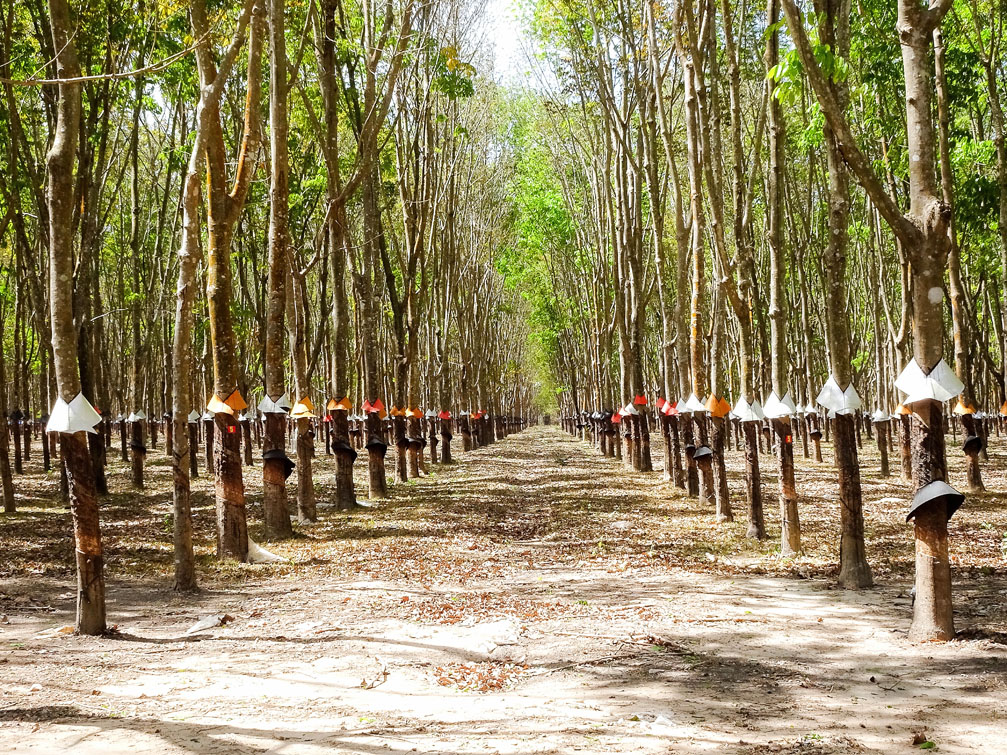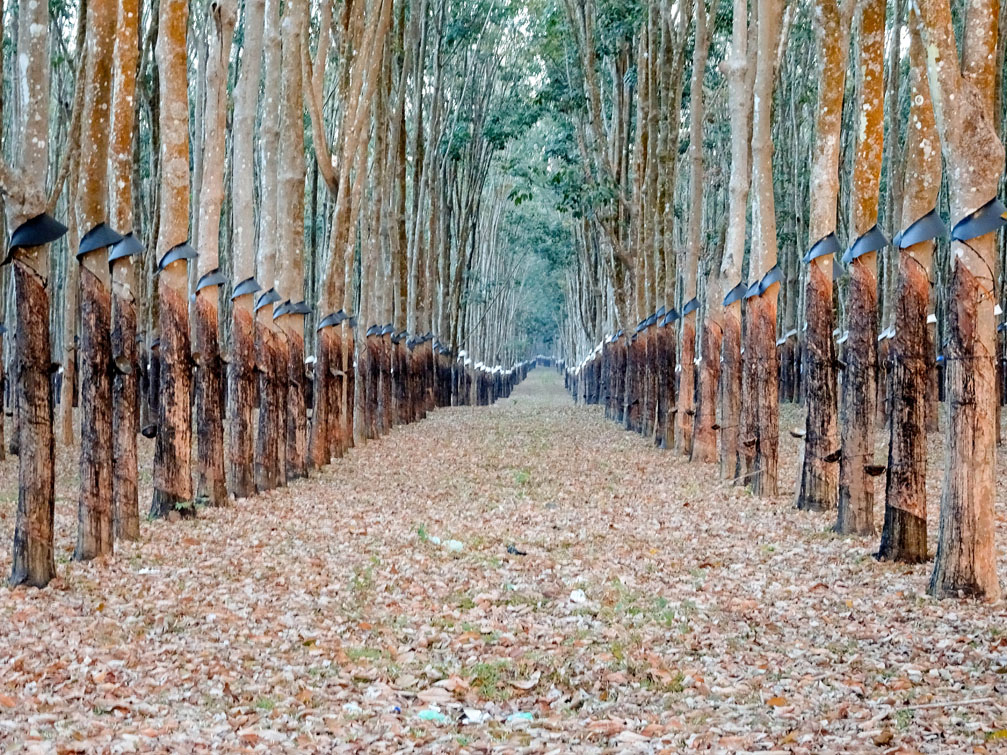Rubberwood is gradually becoming one of the main sources of lumber in the Vietnam market and accounts for over 20% of the total wood industry’s export turnover.
Vietnam ranked third globally in natural rubberwood export, with over 80% of rubberwood production is exported. Therefore, this is considered as a strong industry of Vietnam. Rubber is grown in the Southeast accounts for 71% of the country’s production, and concentrated in Binh Duong, Binh Phuoc, and Tay Ninh.

Potential of rubber tree
Rubber trees initially appeared in the Amazon – South America region, but today are grown in popularity in Southeast Asia or tropical Africa. Rubber belongs to the Euphorbiaceae family and is also the most important economic tree in the genus Hevea. When the tree reaches 5 to 6 years of age, it will start to produce latex until the age of 26 to 30.
At the end of latex production lifecycle (25-30 year old), Rubber tree is liquidated to get timber for industrial use. Therefore, rubberwood is considered environmentally friendly.
Rubberwood is light, but hard because of the wood thickness, diverse wood grain, bright colors suitable for many types of finishing, design for different purposes.
Rubberwood common uses
After harvesting, rubber trees will be cut, termite treatment, kiln drying to ensure the humidity standard less than 12% and finally glued, grafted and finished products. After all, it makes the wood more durable and withstands environmental conditions.
The rubber wood application with vary products, from the family furniture to the office, shops, hotels, theaters including stairs, tables, chairs, decorative shelves, wardrobes, beds, handicraft products. etc.






